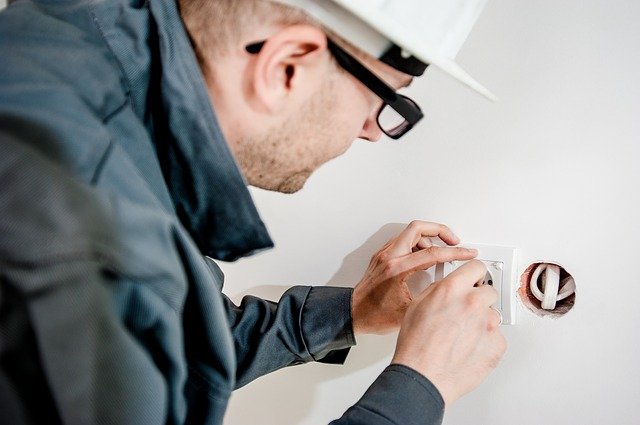New guidance has been launched to help provide consistency and transparency on how to conduct thorough electrical safety checks on private rentals, and how to report properly on any defects found.
Best Practice Guide 10: Electrical safety standards in the private rented sector, produced by charity Electrical Safety First, is aimed at electricians, letting agents, landlords and tenants in understanding what inspection and testing is required and how to produce a detailed report.
Although it is now mandatory for landlords to carry out electrical installation condition reporting (EICR) at least every five years – consistency of reporting varies hugely, according to David Powell, electrical installation safety engineer at Electrical Safety First.
He points out that a major problem is that an EICR could cover lots of areas, so it is important to establish and agree with the landlord or person ordering the work what’s to be included and what is not included in the electrical safety check, which is why the guide has been produced.
Powell said: “It is setting a bar about what is the minimum standard to expect, and what should be inspected and tested. It also sets out how to record findings clearly in the extent and limitations section of an EICR and elsewhere in the report.
“Many organisations have collaborated and agreed on this guidance, and it has also had input from several industry bodies, government departments and letting agents.”








